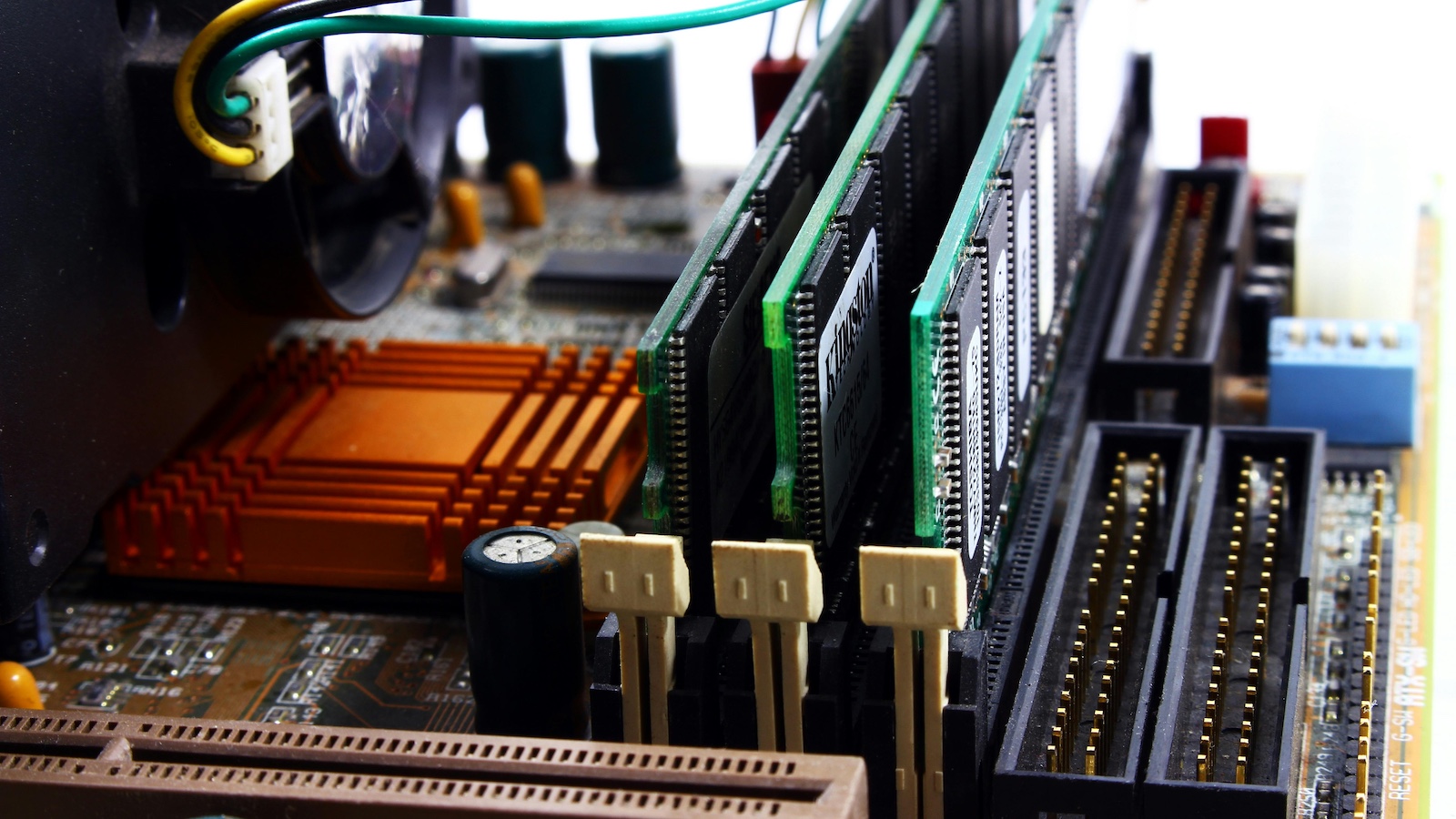The focus for the last 10 years in insurance has been around how to streamline business processes to increase efficiency and create better experiences for customers and employees. New technologies including Robotic Process Automation (RPA) have become one of the next big things, not just in this industry but across many. For insurance, promising to automate processes and customer interactions that currently require lots of human involvement, primarily due to so many applications to swivel in and out of to deal with customer and broker requests – often add little value and distract the insurer from the most important person in the journey, dealing with the customer.
Now organizations are beginning to take it a step further,
coupling RPA with cognitive technologies including Machine Learning and speech recognition that can give these bots new power to learn and increase their ability to communicate intelligently. This is especially useful for those tasks that aren’t just routine, but that require judgment and perception.
See also: Stop Overpaying for Pharmaceuticals
These new technologies will increasingly help firms gain customer loyalty, making the mastery of these cognitive capabilities a key differentiator when competing with customer centric insurtechs.

In fact, 83% of technology professionals believe there will be a cognitive tipping point in the next five years. While the RPA market today is still relatively small, the technology is gaining traction as a cost-effective alternative to traditional systems integration and is
projected to become a $5 billion market globally by 2020, with a CAGR of over 60 percent.

Platforms including Microsoft Azure and IBM Watson have made these cognitive services more readily available and easier to consume, meaning that these technologies are no longer in our future, but they are very much in the here and now.
How does Robotic Process Automation Impact Insurance?
In the insurance industry, these automation capabilities enable more focus and time spent on the customer, and can mean better experiences not only for customers but for employees and agents as well. Specific examples of processes that are being automated through RPA are first notice of loss, fraud checking and policy renewal, including data gathering and recalculating policy premiums. Some of the key benefits include:
Reduced error rate from human processing
Robots don’t make mistakes or judgement calls, and they don’t get tired. With routine processes completed accurately, every time, you don’t need to allocate resources for making corrections.
Cost Savings
With automation of work processes, operational costs are reduced and no additional resources are needed, increasing ROI.
Increased Productivity and Efficiency
Robots don’t take coffee, lunch or holiday breaks. This means 24/7 monitoring and processing, increasing speed, efficiency and productivity. With robots taking over labor-intensive administration tasks, it frees up your employees for more high-value activities. Now employees can focus on those tasks that can’t be automated, like customer service.
Scalability and Flexibility
The ability to replicate robotic tools across geographies and business units increases scalability and flexibility.
An example of a successful RPA implementation is a large consumer and commercial bank that redesigned its claims process and deployed 85 software robots, or bots, running 13 processes, handling 1.5 million requests per year. As a result,
the bank was able to add capacity equivalent to around 230 full-time employees at approximately 30 percent of the cost of recruiting more staff. Additionally, the bank recorded a 27 percent increase in tasks performed “right first time.”

On the flipside, there will always be exceptions where automation needs human intervention (often described as attended vs unattended automation). When there is an exception, it needs to be handled with a greater level of understanding and experience to quickly manage it through the process and get it back into automated mode as quickly as possible.
How can your organization prepare for these cognitive gains and take advantage of new technologies?
At Deloitte, we have already deployed RPA software at scale with clients’ organizations and within our own internal support process. Deloitte is advising on the application of emerging cognitive tools through the lens of the customer, and through this process we have come up with
7 Robotic Skills that can drive new types of automation.

By breaking down these skills to figure out a) which specific tools deliver each skill and b) which skills are needed for your specific business case, you can figure out what means for your business.
Once you have figured this out, it is important to understand that the journey to automation starts with a proof of concept project, starting small and proving out the value. This can take as little as two weeks, with a live pilot up and running within two to six weeks, depending on the complexity and use cases. With success, you can quickly scale to a center of excellence where all areas of the business can automate their individual processes, leveraging a common set of skills, integration and people.

This type of robotic and cognitive technology ultimately needs to be embedded in software applications that manage processes for the customer experience. To deliver the right software, you need to be able to rapidly experiment at low cost. To maintain momentum and speed,
low-code platforms provide another layer of abstraction, enabling organizations to easily embed cognitive technologies in custom web and mobile applications.
Low-code platforms foster low-cost, high-value, rapid experimentation. RPA is now widely known and understood to an extent. I even recall some of the companies being Composite Applications or Mashups if you go back 10 years; However, most are just beginning to explore the use of robotic process automation, dipping their toes in the water, and with it being such a nascent technology, it is essential to test and learn quickly. It is important to remember that bots can do much more than automate routine processes. Implementing RPA is just the one of the many ways organizations are looking to digitize their businesses and tap into the power of cognitive technologies.
 In fact, 83% of technology professionals believe there will be a cognitive tipping point in the next five years. While the RPA market today is still relatively small, the technology is gaining traction as a cost-effective alternative to traditional systems integration and is projected to become a $5 billion market globally by 2020, with a CAGR of over 60 percent.
In fact, 83% of technology professionals believe there will be a cognitive tipping point in the next five years. While the RPA market today is still relatively small, the technology is gaining traction as a cost-effective alternative to traditional systems integration and is projected to become a $5 billion market globally by 2020, with a CAGR of over 60 percent.
 Platforms including Microsoft Azure and IBM Watson have made these cognitive services more readily available and easier to consume, meaning that these technologies are no longer in our future, but they are very much in the here and now.
How does Robotic Process Automation Impact Insurance?
In the insurance industry, these automation capabilities enable more focus and time spent on the customer, and can mean better experiences not only for customers but for employees and agents as well. Specific examples of processes that are being automated through RPA are first notice of loss, fraud checking and policy renewal, including data gathering and recalculating policy premiums. Some of the key benefits include:
Reduced error rate from human processing
Robots don’t make mistakes or judgement calls, and they don’t get tired. With routine processes completed accurately, every time, you don’t need to allocate resources for making corrections.
Cost Savings
With automation of work processes, operational costs are reduced and no additional resources are needed, increasing ROI.
Increased Productivity and Efficiency
Robots don’t take coffee, lunch or holiday breaks. This means 24/7 monitoring and processing, increasing speed, efficiency and productivity. With robots taking over labor-intensive administration tasks, it frees up your employees for more high-value activities. Now employees can focus on those tasks that can’t be automated, like customer service.
Scalability and Flexibility
The ability to replicate robotic tools across geographies and business units increases scalability and flexibility.
An example of a successful RPA implementation is a large consumer and commercial bank that redesigned its claims process and deployed 85 software robots, or bots, running 13 processes, handling 1.5 million requests per year. As a result, the bank was able to add capacity equivalent to around 230 full-time employees at approximately 30 percent of the cost of recruiting more staff. Additionally, the bank recorded a 27 percent increase in tasks performed “right first time.”
Platforms including Microsoft Azure and IBM Watson have made these cognitive services more readily available and easier to consume, meaning that these technologies are no longer in our future, but they are very much in the here and now.
How does Robotic Process Automation Impact Insurance?
In the insurance industry, these automation capabilities enable more focus and time spent on the customer, and can mean better experiences not only for customers but for employees and agents as well. Specific examples of processes that are being automated through RPA are first notice of loss, fraud checking and policy renewal, including data gathering and recalculating policy premiums. Some of the key benefits include:
Reduced error rate from human processing
Robots don’t make mistakes or judgement calls, and they don’t get tired. With routine processes completed accurately, every time, you don’t need to allocate resources for making corrections.
Cost Savings
With automation of work processes, operational costs are reduced and no additional resources are needed, increasing ROI.
Increased Productivity and Efficiency
Robots don’t take coffee, lunch or holiday breaks. This means 24/7 monitoring and processing, increasing speed, efficiency and productivity. With robots taking over labor-intensive administration tasks, it frees up your employees for more high-value activities. Now employees can focus on those tasks that can’t be automated, like customer service.
Scalability and Flexibility
The ability to replicate robotic tools across geographies and business units increases scalability and flexibility.
An example of a successful RPA implementation is a large consumer and commercial bank that redesigned its claims process and deployed 85 software robots, or bots, running 13 processes, handling 1.5 million requests per year. As a result, the bank was able to add capacity equivalent to around 230 full-time employees at approximately 30 percent of the cost of recruiting more staff. Additionally, the bank recorded a 27 percent increase in tasks performed “right first time.”
 On the flipside, there will always be exceptions where automation needs human intervention (often described as attended vs unattended automation). When there is an exception, it needs to be handled with a greater level of understanding and experience to quickly manage it through the process and get it back into automated mode as quickly as possible.
How can your organization prepare for these cognitive gains and take advantage of new technologies?
At Deloitte, we have already deployed RPA software at scale with clients’ organizations and within our own internal support process. Deloitte is advising on the application of emerging cognitive tools through the lens of the customer, and through this process we have come up with 7 Robotic Skills that can drive new types of automation.
On the flipside, there will always be exceptions where automation needs human intervention (often described as attended vs unattended automation). When there is an exception, it needs to be handled with a greater level of understanding and experience to quickly manage it through the process and get it back into automated mode as quickly as possible.
How can your organization prepare for these cognitive gains and take advantage of new technologies?
At Deloitte, we have already deployed RPA software at scale with clients’ organizations and within our own internal support process. Deloitte is advising on the application of emerging cognitive tools through the lens of the customer, and through this process we have come up with 7 Robotic Skills that can drive new types of automation.
 By breaking down these skills to figure out a) which specific tools deliver each skill and b) which skills are needed for your specific business case, you can figure out what means for your business.
Once you have figured this out, it is important to understand that the journey to automation starts with a proof of concept project, starting small and proving out the value. This can take as little as two weeks, with a live pilot up and running within two to six weeks, depending on the complexity and use cases. With success, you can quickly scale to a center of excellence where all areas of the business can automate their individual processes, leveraging a common set of skills, integration and people.
By breaking down these skills to figure out a) which specific tools deliver each skill and b) which skills are needed for your specific business case, you can figure out what means for your business.
Once you have figured this out, it is important to understand that the journey to automation starts with a proof of concept project, starting small and proving out the value. This can take as little as two weeks, with a live pilot up and running within two to six weeks, depending on the complexity and use cases. With success, you can quickly scale to a center of excellence where all areas of the business can automate their individual processes, leveraging a common set of skills, integration and people.
 This type of robotic and cognitive technology ultimately needs to be embedded in software applications that manage processes for the customer experience. To deliver the right software, you need to be able to rapidly experiment at low cost. To maintain momentum and speed, low-code platforms provide another layer of abstraction, enabling organizations to easily embed cognitive technologies in custom web and mobile applications.
Low-code platforms foster low-cost, high-value, rapid experimentation. RPA is now widely known and understood to an extent. I even recall some of the companies being Composite Applications or Mashups if you go back 10 years; However, most are just beginning to explore the use of robotic process automation, dipping their toes in the water, and with it being such a nascent technology, it is essential to test and learn quickly. It is important to remember that bots can do much more than automate routine processes. Implementing RPA is just the one of the many ways organizations are looking to digitize their businesses and tap into the power of cognitive technologies.
This type of robotic and cognitive technology ultimately needs to be embedded in software applications that manage processes for the customer experience. To deliver the right software, you need to be able to rapidly experiment at low cost. To maintain momentum and speed, low-code platforms provide another layer of abstraction, enabling organizations to easily embed cognitive technologies in custom web and mobile applications.
Low-code platforms foster low-cost, high-value, rapid experimentation. RPA is now widely known and understood to an extent. I even recall some of the companies being Composite Applications or Mashups if you go back 10 years; However, most are just beginning to explore the use of robotic process automation, dipping their toes in the water, and with it being such a nascent technology, it is essential to test and learn quickly. It is important to remember that bots can do much more than automate routine processes. Implementing RPA is just the one of the many ways organizations are looking to digitize their businesses and tap into the power of cognitive technologies.







